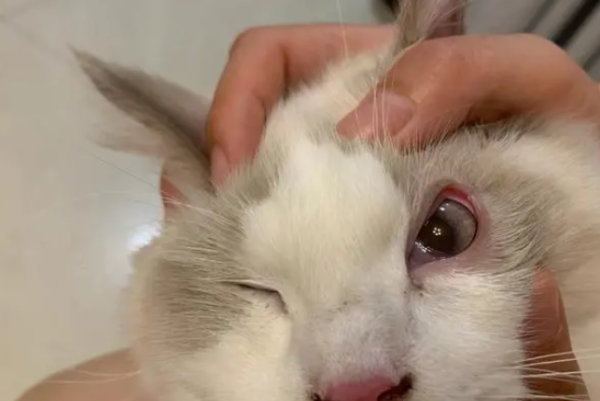Knowledge of the physiological structure of cat skin, what are the little secrets hidden in the cat s body?
Knowledge of the physiological structure of cat skin, what little secrets are hidden in the cat's body? Cat skin diseases have many different types and will also show different symptoms. So skin diseases are ultimately a disease in which symptoms are manifested in the skin. When diagnosing skin diseases, we should first have a preliminary understanding of the skin structure, understand what layers of the skin are divided into, what are the different physiological structures, and what are the functions of each part. This is not only conducive to the judgment of skin diseases, but also helps in the treatment and medication.

1. The epidermis forms the outermost layer of the skin, which plays a role in isolating the harsh external environment and protects the body from various chemical, physical and biological factors. Although the epidermis is very thin, it has a strong protective effect on the body with the help of hair, keratinocytes and glands. The epidermis is closely linked to the dermis, exchanging cells and body fluids, and can obtain sufficient nutritional supply. The epidermis is composed of a layered scaly (flat) epithelium with a thickness of only 0.2-0.5mm. The thickest epidermis is distributed on the nose and foot pads (1.5mm). The epidermis is composed of keratinocytes, pigment cells, Langer's cells, etc. Keratinocytes account for 85% of epidermal cells, and the morphology of each layer in the epidermis is slightly different. The basal layer is a closely connected columnar epithelium, connected to the basal membrane region. As the cells divide, daughter cells enter the spinous layer, the morphology is shown as polyhedral shape, and the particle layer is flat. The stratum corneum appears as a flat shape where the nucleus disappears. Keratinocytes are both an important component of the skin structure and an important member of the skin's immune system. Their effect of phagocytosis and processing antigens is even higher than that of Langer cells, a specialized immune cell in the epidermis. Under the influence of γ-interferon, keratinocytes have a stimulating and buffering effect on T lymphocytes. After acting with antigens, they made interleukin-1, which further stimulated the production of a wider cytokine, stimulated and inhibited immune responses. Interleukin-1 can also be released into the dermis and cause an inflammatory response.
2. The junction of the dermis - the basement membrane
The basement membrane is the basis of the epidermis. Through it, the epidermis is firmly fixed to the dermis, maintaining the normal function and proliferation of the epidermis, maintaining tissue structure, helping wound heal, and it is also a barrier between the dermis and the epidermis, maintaining the role of cells and bodily fluid elements exchanged between the epidermis and the dermis. The

basement membrane consists of four parts:
(1) tension filament-hemidesmosome complex (attached to basal cells);
(2) The main components of the transparent plate are collagen ⅩⅦ (i.e. 180kDa bullous pemphigoid antigen, BP180) and fixed fibers;
(3) The dense plate contains type IV collagen, laminin subtype, nestin and basement membrane proteoglycan, etc.;
(4) Under the basement membrane: the extension of fixed fibers and acid-resistant silk formed by dense thin layers to the shallow layer of the dermis. A very rare bullous pemphigoid, whose main autoantibodies target collagen XVII (BP180).
3. The dermis layer
is the main part of the skin, with a strong, flexible and elastic texture. The dermis provides physical, blood and neurotic support to the epidermis and is the complete connective tissue of the body. The dermis is mainly composed of dermal fibers and soluble polymers, and cells are dispersed therein. Most of the appendages in the skin are located within the dermis.
(1) Dermatological fiber: collagen and elastin.
(2) Soluble polymers: proteoglycans and hyaluronanes.
(3) Intradermal cells: fibroblasts and dendritic cells.
(4) Accessory structures: hair follicle unit, erection muscle, blood vessels, lymphatic vessels and nerves. Lesions in the dermis often occur in and around blood vessels. Lesions of other dermal components are very rare, such as: skin lesions caused by abnormal collagen structure - E-Dan Er's disease (also known as systemic elastic fiber dysplasia syndrome), which is a hereditary poor collagen synthesis and abnormal distribution, mainly manifested in excessive skin stretching.














